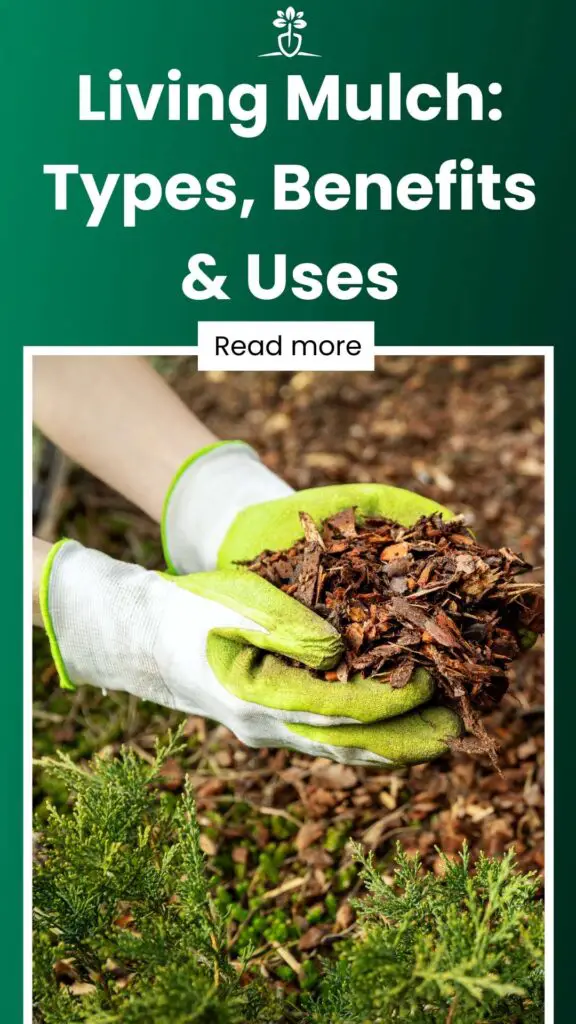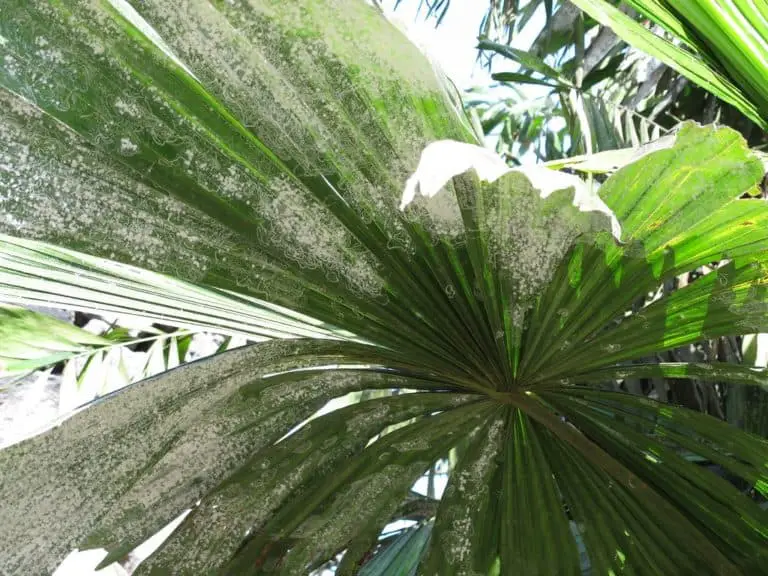Living Mulch: Types, Benefits & Uses

Contents
What is Living Mulch?
{“statusCode”:401,”message”:”License key missing”}
More About Living Mulch
Conservation
Conservation remains one of the most frequently used reasons for growing a living mulch plant. They stabilize the area’s soil for the long-term. Some of the places where living mulch plants get used are ground between vegetable rows, orchards, and vineyards. They also works very well along waterways to prevent erosion.
White clover and turf-grasses make excellent living mulch, since they are durable and tolerate lots of conditions.
Double Cropping
Double cropping occurs when a crop is placed in between other crops. After one crop gets harvested, and before another crop gets established. Some ideal plants for use as double crops include clovers that produce an ample amount of nitrogen to replenish the soil. Cereal grains and brassicas also make an excellent double-crop, as do buckwheat, sorghum-Sudan, and sunflowers. These plants also provide additional forage if it’s needed.
Interseeding
Interseeding uses companion planting using low-growing, shade-loving crops to protect the soil and cycle nutrients. This process also provides a barrier to weeds. Some excellent choices for interseeding are Dutch white clover, Italian ryegrass, creeping fescues, and subterranean clover.
What Plants Qualify to Become Living Mulches?
To qualify as a living mulch, the mulch needs to act as foliage, grow short, and thrive in a cool season. If it takes traffic well, the living mulch can get planted between rows of vegetables or as a part of a vegetable rotation.
Other characteristics for an excellent plant for living mulch include:
- Being a small or dwarf species
- Shade tolerance
- Traffic tolerant
- If they spread by rhizomes or stolons
If they grow close enough together to compete with weeds, but not so close together to choke out the intended main crop.
They attract a wider variety of pollinators and beneficial insects to your plants.
If the living mulch crop overlaps with the main plant, it will need to be controllable at some point. This action keeps the mulch crop from taking over the main crop. You can till the mulch to prevent it from taking over the primary plant’s growth.
How to Keep Your Living Mulch from Taking over Your Main Crop?
Interseed by planting your main crop early and giving it a head start. Then plant your living mulch once the main crop seeds in.
Frost Seeding
If you plant clover or another living mulch plant next to a late summer vegetable such as a brassica, pepper, or winter squash crop, you get both forage and a long-term ground cover. Here’s a great video on how to frost seed.
You can let the cover crop you’ve frost seeded continue to grow after harvest, and gain the benefits of the frost seeded plant for the next gardening season.
Suppression Tactics for Your Living Mulch
Some tactics to keeping your living mulch from taking over your garden or crops include:
- Planting your desired crop several weeks before you plant your living mulch
- Selective tilling
- Rolling
- Mowing the living mulch close to the ground
- Using an eight-inch wide banding, especially around your corn
Be sure to keep your living mulch and desired crop plant well-watered. More plants per square foot also mean additional water is needed in some cases.
Broadleaf plants, such as brassicas, sunflowers, and buckwheat, can keep your weeds at bay due to their larger leaves. Choose one of these plants if your crop plants are tall enough to grow higher than these living mulch plants.
Other Beneficial Living Mulches
White Clover as a Relay Crop Mulch
One of the most commonly used relay crop mulches remains white clover. The benefits of growing white clover include that it grows low, spreads enough to fill in gaps, grows well under a crop that shades it, and builds organic matter in your garden’s soil. White clover also works well to keep water in the ground and prevent the excess need for watering in your garden.
One example of using white clover as a living mulch is when it gets planted between rows of corn. The soil in cornrows remains susceptible to erosion if your area receives a lot of rain. Using white clover, and other living mulches, between your cornrows, adds 75 to 150 pounds of liquid nitrogen per acre per year to your soil.
Using White Dutch clover also prevents excess soil runoff from polluting the water supply. It also makes the ground easier to work after it has been tilled into the soil.
Other benefits from growing clover include increased nitrogen, calcium, and potassium in the soil. It, when combined with ryegrass, makes a significant reduction to Greenhouse Gas Emissions, too. This combination makes clover an excellent crop to plant around dairy cows and cattle in general.
Alfalfa

Alfalfa, like peas, is a member of the legume family of plants. Living mulch proponents like to use the plant in squash, pumpkin, and melon patches. It also grows well and benefits vineyard and orchard rows. When you grow alfalfa along with your main crops, you get the addition of such nutrients to your soil as:
- Phosphorus
- Potassium
- Calcium
- Sulfur
- Magnesium
- Boron
- Iron
- Zinc
And, most significantly, it provides nitrogen to your garden soil.
Using alfalfa as a living mulch adds organic matter to your soil and the plants’ roots. It also adds triacontanol to the earth. Triacontanol is a hormone that stimulates increased plant growth.
There’s a living mulch for your gardening or yard’s needs. These mulches provide soil protection, save you from dealing with weeds, and give your crops additional ground nutrients. Choose a plant that appeals to you and your situation and give it a try.




